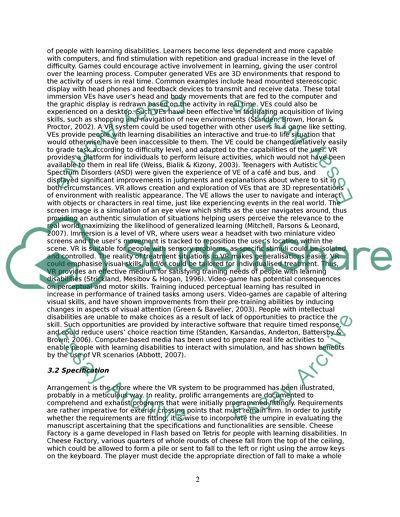Cite this document
(“Building a virtual reality game for people with learning difficulties Essay”, n.d.)
Building a virtual reality game for people with learning difficulties Essay. Retrieved from https://studentshare.org/technology/1555498-building-a-virtual-reality-game-for-people-with-learning-difficulties
Building a virtual reality game for people with learning difficulties Essay. Retrieved from https://studentshare.org/technology/1555498-building-a-virtual-reality-game-for-people-with-learning-difficulties
(Building a Virtual Reality Game for People With Learning Difficulties Essay)
Building a Virtual Reality Game for People With Learning Difficulties Essay. https://studentshare.org/technology/1555498-building-a-virtual-reality-game-for-people-with-learning-difficulties.
Building a Virtual Reality Game for People With Learning Difficulties Essay. https://studentshare.org/technology/1555498-building-a-virtual-reality-game-for-people-with-learning-difficulties.
“Building a Virtual Reality Game for People With Learning Difficulties Essay”, n.d. https://studentshare.org/technology/1555498-building-a-virtual-reality-game-for-people-with-learning-difficulties.


